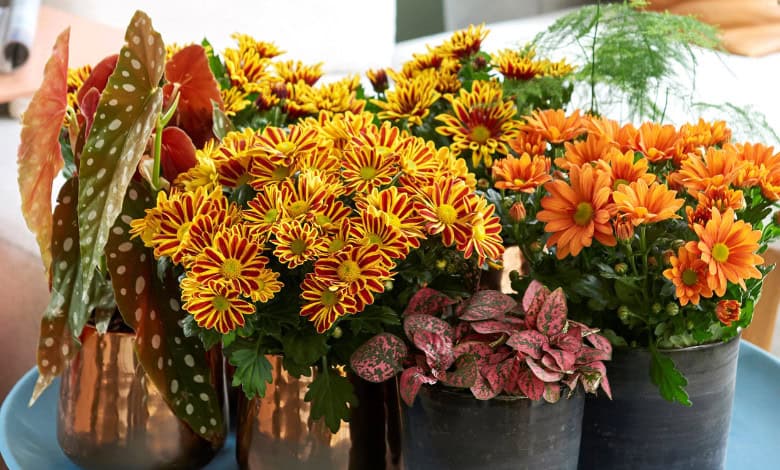Entertainment
Spring clean your indoor plants

Like the rest of us, indoor plants barely tick over in winter but the arrival of spring brings new life. Some timely trimming, repotting, and leaf cleaning will give them a new lease on life, not to mention your feeling of satisfaction that they are good to go.
Trim and tidy
Tidy up the plants by cutting away old, dead, diseased or unhealthy looking leaves so that the plant looks neat. Stake or support stems that are falling over. Pruning also creates space for new growth and results in bushy plants.
Good to know: Calathea can look untidy at the end of winter with dead lower leaves and brown tips at the end of leaves. Cut off the dead brown leaves at the point where they are attached to the main stem, using sharp kitchen scissors. Trim the leaves that have brown edges.
Dust off the leaves
Wipe off dust and oily residues coating the surface of the leaves, especially large leaved plants like Delicious monster and philodendrons. The leaf pores, called stomata, become blocked, effectively suffocating the plants. Wipe the leaves with a soft damp cloth, using warm water but not dishwashing liquid or any other cleaner which will harm the leaves.
Increase watering
Warmer indoor temperatures could result in the soil drying out quicker. Gradually increase watering but be careful not to over water. Push your finger into the soil and if it is still damp, delay watering.
Watering tip for chrysanthemums: Keep the soil moist. Should you forget to water them, and the soil dries out, place the pot in a bucket, or basin, with a few centimeters of water in it and let the plant absorb the water.
Fertilise
Summer is also the growing season for indoor plants and they will benefit from a good application of liquid fertilizer. Indoor flowering plants will flower better if given a monthly boost of liquid fertilizer. For foliage plants once every two or three months is adequate.
Fertilizing tip for anthurium: During summer, which is the anthurium’s growing season fertilize once or twice a month with a liquid fertilizer. Don’t be tempted to over fertilize as this can damage the plant.
Repot plants
Spring is the best time to repot and of all the tasks, this is the most beneficial if your plant needs it. There are some clear indicators:
- The potting soil in the container has noticeably sunk down.
- Plants have clearly outgrown their pots.
- The potting soil dries out quickly and always feels dry and hard.
- The plants are not thriving.
Not all plants need to be repotted into a larger pot. All that may be needed is a change of the soil mix to provide fresh nutrients. Simply adding fertilizer to worn-out soil results in a buildup of salts that damage the plant. If you do need to repot, go just one size bigger and make sure the pot has adequate drainage holes.
Good to know: Spathiphyllum (Peace lilies) can be repotted every one or two years, to refresh the soil or if they are becoming root-bound when roots grow out of the drainage holes or become overcrowded. Spring is the best time to repot when the plant starts actively growing.
How to repot your houseplant.
When repotting use fresh potting soil and don’t recycle old soil.
- Water the plant so that it is easier to remove the plant from the pot.
- Turn the pot upside down and gently slide the plant out of the pot. Don’t pull it out by the stem.
- If the plant is rootbound, with the roots circling round and round, loosen the roots.
- Pour a thick layer of new potting soil into the pot and place the plant in the pot, making sure that the level of the plant is just below the edge of the pot. There should be a 5cm gap from the top.
- Fill in with potting soil, gently firming it down to remove air pockets.
- Water thoroughly and let excess water drain out.
For more information, visit LVG Plants.
Article and images supplied by Alice Coetzee.















